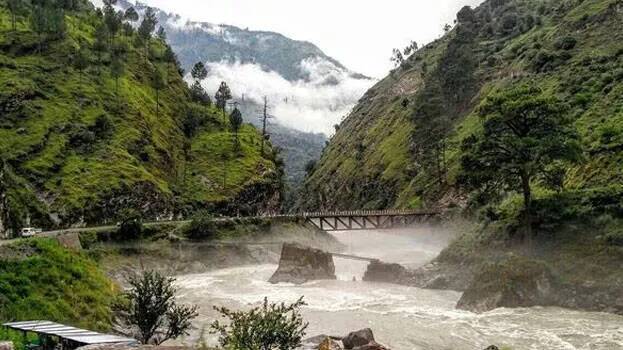
Blog Detail

Kashmir Cloud Burst – A Wake-Up Call for Sustainable Tourism
Travel Agency
August 18, 2025
What is a Cloud Burst?
A cloud burst is a sudden, heavy rainfall occurring in a short span of time over a small area. Unlike normal rainfall, it can release huge amounts of water within minutes, often leading to flash floods, landslides, and destruction of property. In hilly regions like Kashmir, cloud bursts are particularly dangerous because the water rushes down steep slopes with immense force.
Impact on Kashmir
The recent cloud burst in Kashmir has caused:
-
Flash floods in streams and rivers.
-
Damage to houses, roads, and bridges.
-
Disruption of communication and transportation.
-
Threat to local communities, livestock, and farmlands.
-
Fear and uncertainty among tourists visiting the region.
For a place that depends heavily on tourism, such natural calamities serve as a reminder that safety measures and sustainable practices are crucial for both visitors and locals.
Climate Change and Himalayan Fragility
Experts believe that increasing incidents of cloud bursts and flash floods are linked to climate change and rising global temperatures. The Himalayas, being ecologically sensitive, are witnessing rapid glacier melting, erratic monsoon patterns, and extreme weather events. This makes places like Kashmir, Uttarakhand, Himachal, and Sikkim highly vulnerable.
Safety Tips for Tourists
If you are planning to travel to Kashmir or any Himalayan region, keep these points in mind:
-
Always check the weather forecast before traveling.
-
Avoid traveling during peak monsoon months (July–August).
-
Stay in registered hotels or homestays located at safe elevations.
-
Do not camp or trek near riverbeds during uncertain weather.
-
Follow the instructions of local authorities and tour guides.
The Need for Sustainable Tourism
Tourism in Kashmir must balance economic growth with environmental protection. Travelers can contribute by:
-
Choosing eco-friendly accommodations.
-
Avoiding plastic use and keeping the mountains clean.
-
Respecting local traditions and culture.
-
Supporting community-based tourism initiatives.
Conclusion
The Kashmir cloud burst is not just a natural calamity but also a warning sign. It reminds us of the fragile balance of nature in the Himalayas. While the beauty of Kashmir continues to attract travelers from across the globe, safety and sustainability must remain top priorities. By adopting responsible travel practices, both tourists and locals can ensure that this “Heaven on Earth” remains safe and thriving for generations to come.